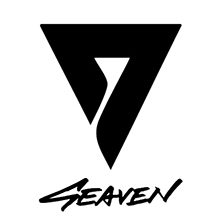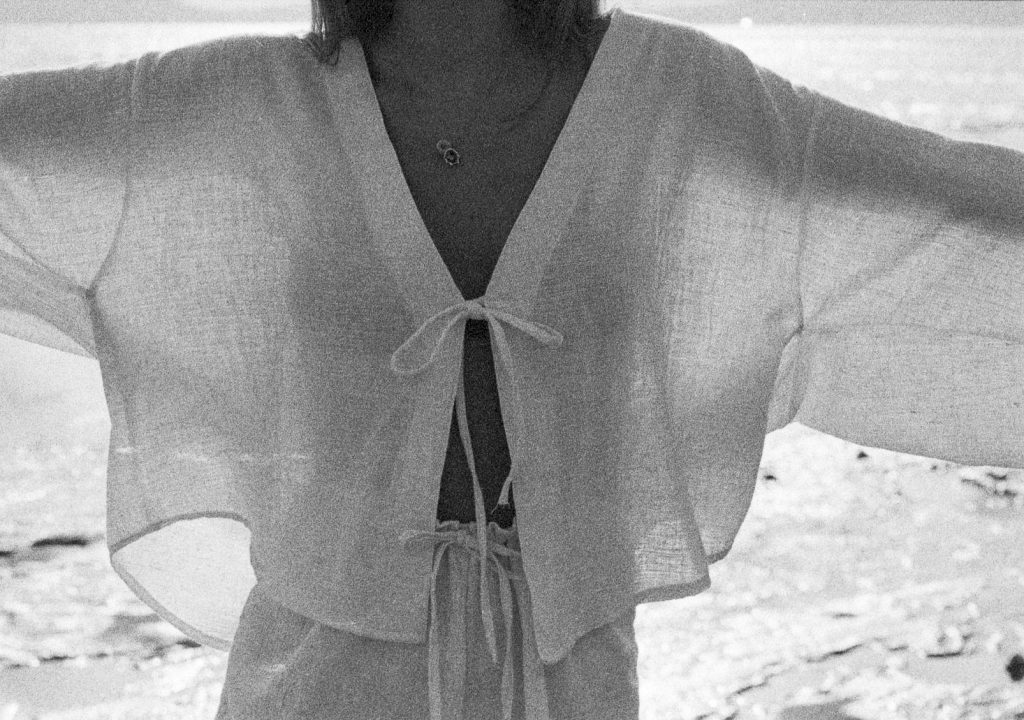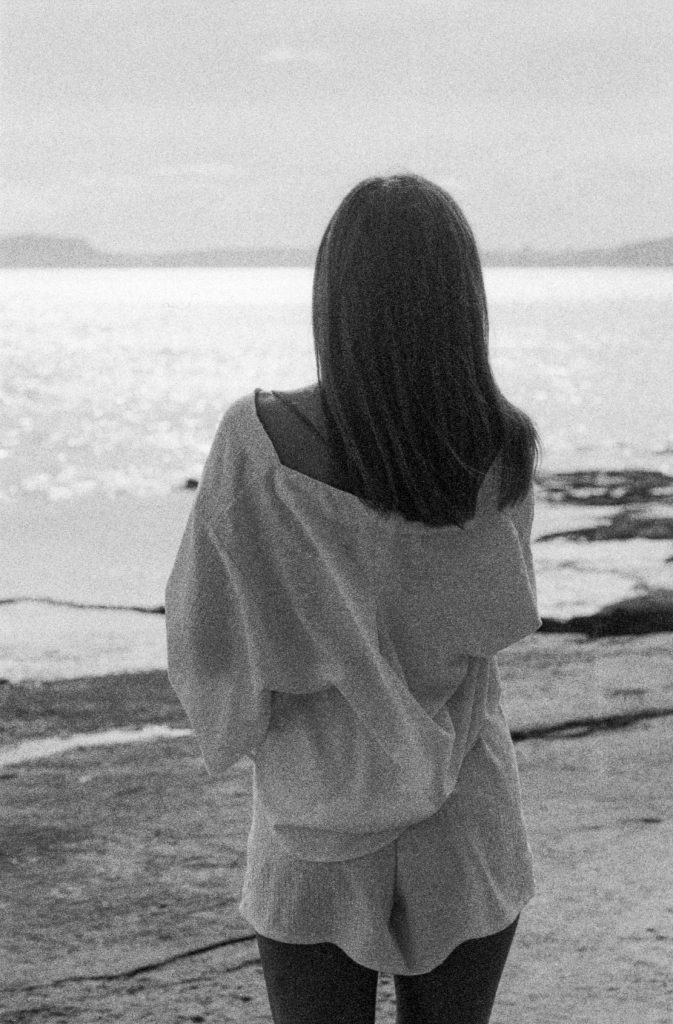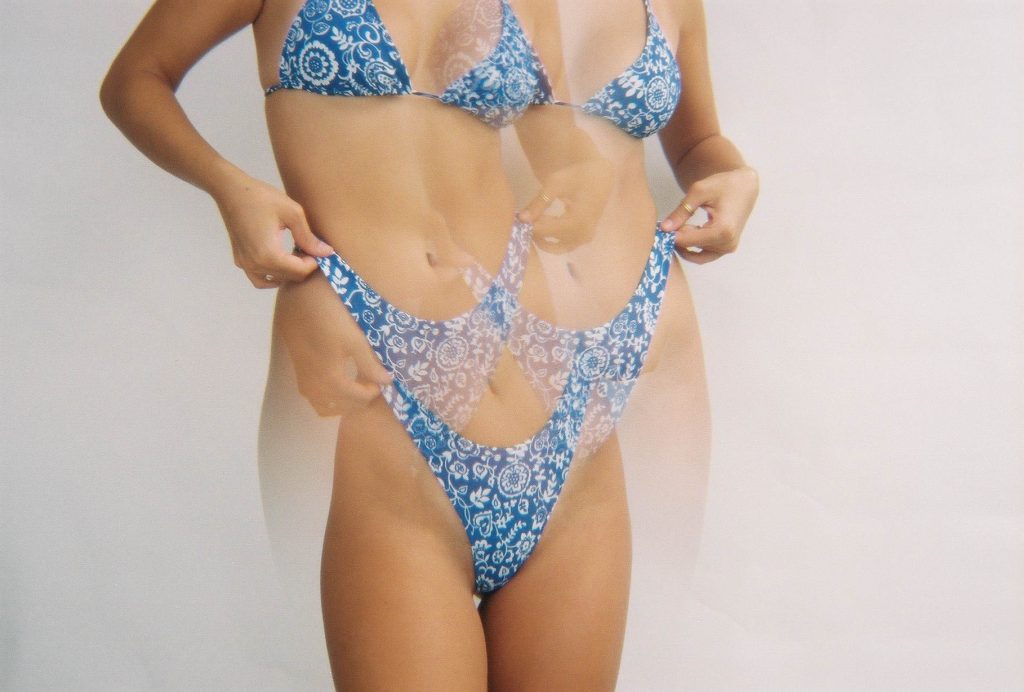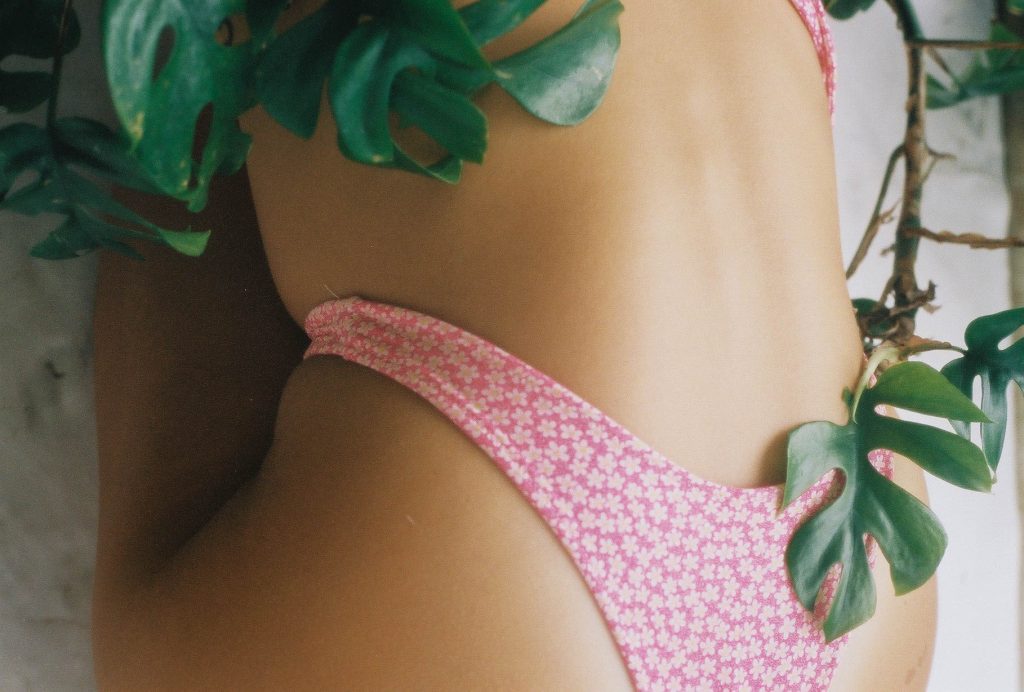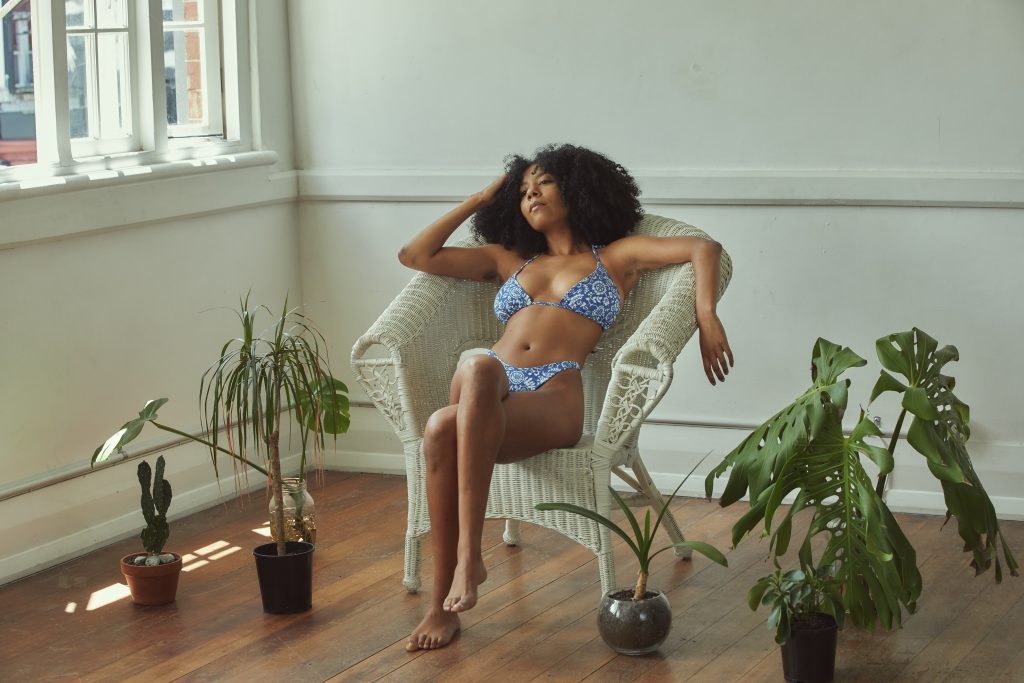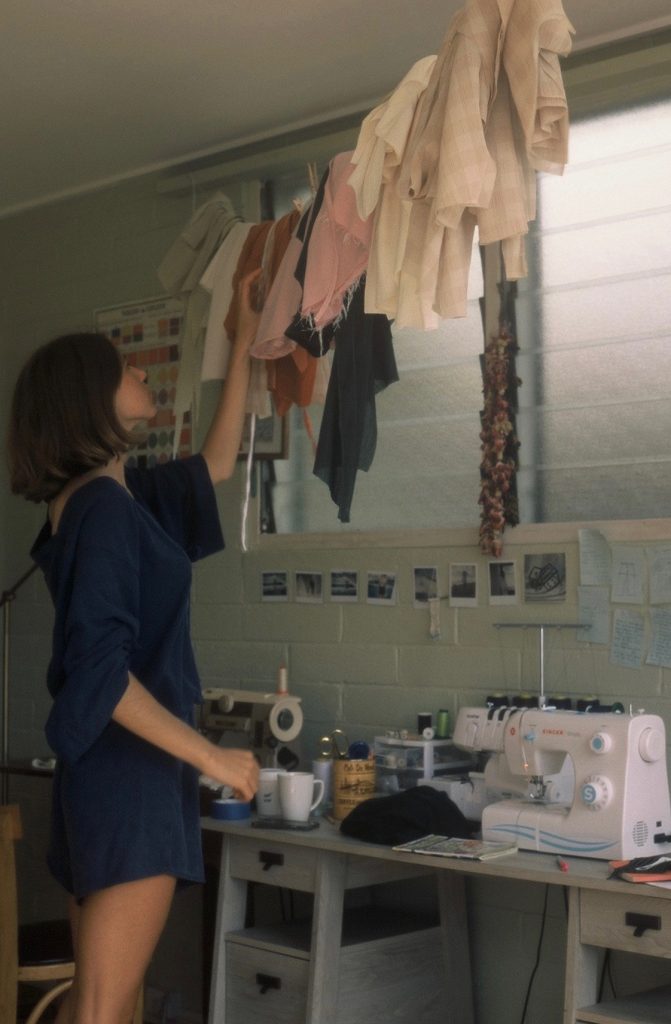Hi Anna, please introduce yourself:
Hi, I’m Anna. I’m a New Zealand designer and owner of the label Anna Jean Kos (more commonly referred to as AJK). I’ve recently returned to my hometown Eastbourne, New Zealand, after spending the last couple years living on Oahu, Hawai’i a place I consider a second home. My home in Eastbourne is pretty coastal, with a backdrop of dense native bush. I think the landscape and cultural similarities are what drew me to Hawai’i and are why I feel so at home there.
Sounds like a great place! What are your first memories touching a sewing machine? What do you recommend to someone who has never tried but always wanted to?
I learnt to sew as a child. My first memories aren’t specific, more sensory. The smooth, cold metal, the steady drum and whir, the needle piercing fabric, crunchy pattern paper. The sounds related to sewing have always felt relaxing to me and I’m sure there’s a huge market for sewing ASMR somewhere on the internet.
Sewing is best learnt through demonstration and hands-on practice. If you don’t have someone in your life to teach you, Youtube is the place to go. Once you’re able to operate the machine, the way your hands move and guide fabrics will become muscle memory. Start simple and grow from there. Each of my designs are something I’ve made on a whim and then made over and over again, each time with improvement. As with anything, the most important thing is to just start. It is in our nature to create and learn, sewing is an expression of this.
Agreed. How did you take the step to pattern and design your own clothes? Again, what would you say to someone who’s thinking about it but never tried?
Silhouette, shape and fit are crucial to a good quality garment. Learning to pattern and design came from studying, non-stop, the shapes and construction of both good and bad garments. It’s something that takes time, and like sewing, lots of practice.
My advice to someone thinking about trying it is to persevere, seek feedback and keep improving. After you’ve made that first prototype, be ready to make many more. Also, share your work! I used to feel quite shy and reserved about my creations, the ones that weren’t ‘ready’. The real improvements to my designs came when I showed people and asked for feedback and criticisms. The smallest advice, like an extra stitch here or a little bit of length there, can completely transform a design.
That’s dope. How important is fabric selection to your line, and what do you look for? What are your dream fabrics if you could make your own?
Sourcing fabric that is ethical and sustainable, without compromising on comfort and beauty, is a challenge but I wouldn’t operate any other way. I select my fabrics based on their low environmental impact, as well as how they feel on your skin, how they move, breath and wash. In an industry filled with jargon and green-washing, I’ve tried to keep it simple and transparent, providing backgrounds of where my fabrics have come from, who made them and how.
Don’t get me started on dream fabrics, we’ll be here all day. In terms of texture, I’d love to experiment with a raw silk and organic cotton blend. There is a certain weight and flow of silk that I love and I think when combined with a light weight cotton it would create a dreamy texture. Recently, I’ve been reading about Ahimsa Silk (Peace Silk). This involves a process of spinning silk that doesn’t harm the silkworm, which are usually killed during the mainstream silk production process. I’d love to see this less harmful process in action, however I hear it is incredibly labor intensive making it inaccessible for many designers.
I’ve been using dead stock fabric for my current swimwear collection. Dead stock is fabric that would otherwise be wasted, sent to the land fills or burned. While it is beautiful fabric, made ethically in Italy and a very sustainable option, it is limiting because the designs are not ‘mine’. In the future, I’d like to look at sustainable alternatives, such as ECONYL, using recycled fibres to create a swimwear line with original AJK prints.
I spend my days and nights dreaming about different kinds of fabrics, but I think my focus for now is repurposing fabrics that already exist. In an industry that has decimated entire ecosystems, we need to continue the shift to environmentally sustainable fashion. The best way to do that is to use what we already have. Reduce waste, not produce more of it. For example, in my upcoming collaboration with Simple Studios, we’ll be transforming second hand cotton t-shirts into comfy undergarments.
Look fwd to everything you’re doing! What has been your experience patterning for Seaven? What is it like collaborating with people in general?
Patterning for Seaven gave me a new perspective on clothing construction and design. My personal style is over-sized, relaxed and flowy so the process of working backwards worked well for me; make a garment, alter it until it’s perfect and create a pattern from that. Seaven designs are more structured, with origami-inspired elements. This required a level of exactness and planning. I loved the collaborative side of taking an abstract idea and figuring out how to construct that into a real, wearable garment.
Collaborating with others is everything to me. I’ve been surrounded by a diverse range of creative people, both in real life and virtually. I love bringing people together in a professional and social sense. Collaborating on creative projects teaches you so much about yourself and others on a deeper level.
Collabs are definitely on the rise. What are the challenges / rewards of running your own business and having retail presence on social media?
AJK started as a way for me to simply share my designs and create for friends around me. It wasn’t until I came home to New Zealand that I actually started structuring it as a business. Turning something creative that you love into a business requires a shift in thinking. Some days I’m designing, the next I’m marketing, accounting, then producing. I genuinely love the business side as much as the artistic side. I love systems and processes, and I feel like I’m creating an entity outside of myself. With my business I can bring others in and grow it into something larger and more impactful. I have the freedom to work when, where and how I want to and I get to constantly collaborate with people who inspire me. It will always be a challenge, but it’s also a dream!
Social media is how I started and continue to express my creativity. It’s crucial to my business, especially during a time when travel is so limited and e-commerce is an ever-growing way to shop. It’s amazing to have a global reach despite being a smaller label. In a world of social media marketing you’re pressured to continuously create content and adhere to certain algorithms. While I’m aware of the importance of my social media, I try not to get too caught up in it. My brand is very personal, it’s still just me sewing cool things for people who appreciate the craft and I try to keep this aspect of AJK clear throughout my social media.
Thanks Anna, any last words plugging where you live currently?
I’m grateful to be home right now and to be feeling so secure. The landscapes, the surf, the people, I could go on. New Zealand has an overarching focus on sustainability and quality, making fabric sourcing a breeze. The support for AJK I had from the moment I arrived back into New Zealand has also been overwhelming. There are definitely a few people I look forward to sharing this place with when the borders reopen.
to learn more about Anna and AJK, visit annajeankos.com
